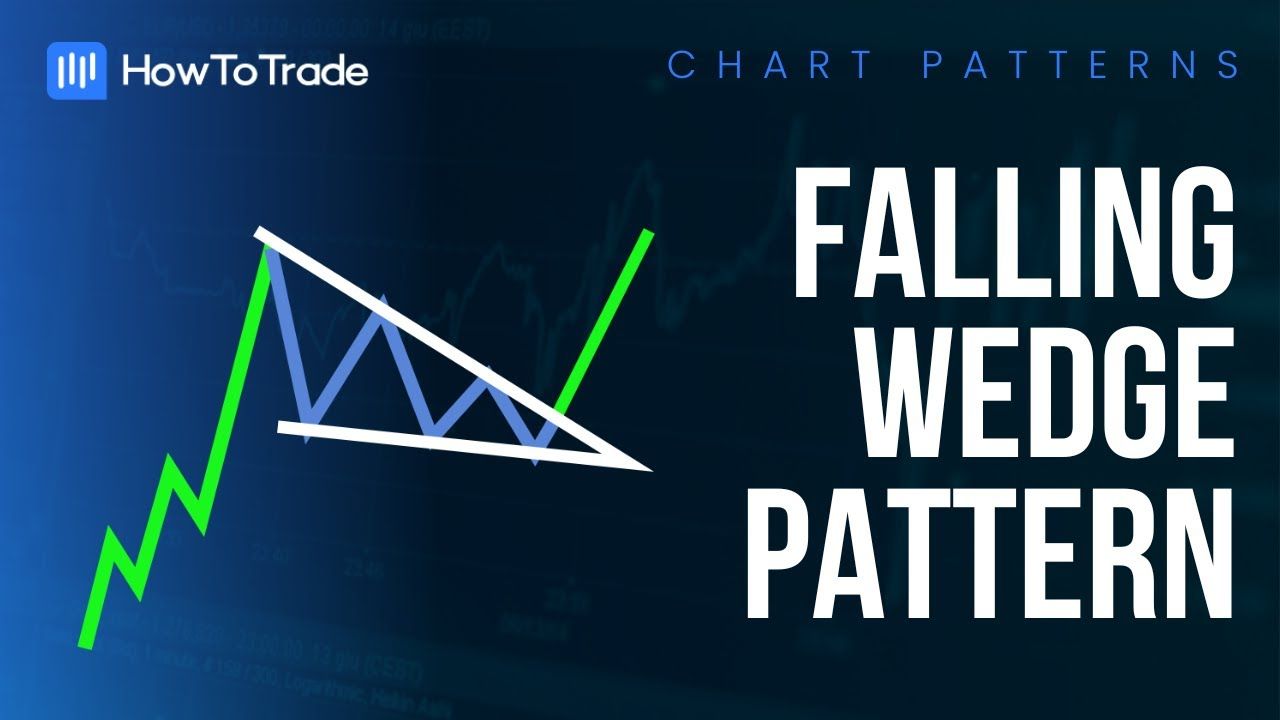The market hits new highs. Is this stock market upswing unique?
Sensex and Nifty reached new record highs, but mid and small cap stocks rallied much more.

In the month of June, Indian markets show signs of extreme excitement. The easing of investor anxiety is due in part to better-than-expected macroeconomic signs and in part to the fact that the US Federal Reserve has paused its main interest rate hikes.
Stocks have reached all-time highs as money, especially from institutional investors, has been flowing into the market. The Sensei reached a new record high of 64,050.44 on Wednesday, before closing the day at 63,915.42. The Nifty also broke the 19,000 barrier for the first time, reaching a high of 19,011.25.
After getting off to a slow start, India's monsoons are making encouraging progress across the country, and this, according to Trideep Bhattacharya, CIO-Equities at Edelweiss Mutual Funds, is a major reason why the Nifty has reached a new record high.
The monsoon, which is essential for India's agrarian economy, has been slow to start but is gaining up steam. Kerala, where the monsoon trip begins, has gotten insufficient rainfall so far this year, according to the India Meteorological Department (IMD).
Motilal Oswal Financial Services found that, as of June 24th, the total rainfall was 30% lower than average, compared to only 4% lower than normal this time last year. Cyclone Biparjoy is to blame for the delayed monsoon because it disrupted the rains' normal progression. In its second long-range forecast for the four-month period from June to September, the IMD predicted that the monsoon would be typical (96 percent of LPA with an error margin of +/- 4 percent). However, it also predicts drier-than-average conditions in June.
Earnings are expected to continue their upward trend as the monsoon season begins and the Reserve Bank of India pauses its rate hikes. According to Siddhartha Khemka, head of retail research, broking, and distribution at Motilal Oswal Financial Services, "thus at current valuations, the market is expected to continue its up move and remain buoyant."
Khemka explains that the domestic market reached record highs because to solid institutional flows, healthy macroeconomic, and robust earnings growth. "Even the current valuations are reasonable at 19 times one-year forward price-to-earnings (PE) which at previous peak had touched a high of 24 times," he says.
Reuters also stated that S&P Global Ratings was considering raising India's sovereign rating provided the country's fiscal metrics improved consistently and inflation remained low thanks to monetary policy.
The international ratings agency has not changed its projection for India's GDP growth from 6 percent, adding that the country will have the region's fastest-growing economy. Partially as a result of internal resilience, the GDP growth prediction for the current and next fiscal has been held unchanged from the forecast published in March.
The Indian stock market has gained about 10% since the end of March, on the back of rising confidence. Since the beginning of the year, the Sensex and the Nifty have both increased by about 4%. Fund manager Aditya Khemka from InCred Asset Management thinks bottom-up research is crucial to producing returns for investors in this market, though. We think there are areas of the market with exceptionally high valuations and high concentrations of value. So, "calling the market as a whole is challenging," he concludes.
Is this rally, though, unlike others? It's not, in Khemka's opinion. Since inflation has slowed and investors don't expect interest rates to spike, the market has reacted positively. A decrease in inflation expectations would boost consumer spending and capital expenditures, so "we think the rally is similar to those we have seen in the past," he continues.
Khemka places importance on industries that serve rural areas, such as production, healthcare, technology, and affordable consumer goods. However, he agrees with us that the valuations of companies included in the major indices look excessive. Most of these firms are trading at prices that are higher than their long-term norms. The tiny and midcap markets, however, have numerous "interesting pockets of valuation," as he puts it.
There are currently 28 equities in the Nifty 50 that are trading at a premium to their December 2022 highs. Companies like Nestlé, Ultratech Cements, and ITC have seen significant growth. But 22 stocks are trading lower now than they were in December. According to research by Motilal Oswal Financial Services, the following stocks are poised for significant growth: Adani Enterprises, Infosys, Adani Ports, UPL, and Cipla. The BSE Midcap and BSE Smallcap indices, which track smaller companies, have also risen by over 13 percent this year.
But that fact may be cause for concern. We don't see anything to justify the enthusiasm for small- and mid-cap companies. In the last two to three months, midcap and smallcap equities have dramatically outperformed their largecap peers, as noted by Sanjeev Prasad, MD and co-head, Kotak Institutional Equities.
After seeing some of their preferred sectors and equities surge sharply over the previous two months, analysts at Kotak Institutional Equities are finding it "difficult to find ideas" in the consumption, investment, and outsourcing sectors.
Although even insurance equities have recovered in recent days, Prasad says that the BFSI sector is the only sector offering value.
In recent months, the Indian stock market has seen a widespread upswing, while the performance of the market's major indices has been less impressive.
The causes of the upswing and the varied performance are unclear to us at this time. In contrast to the improved macro in the form of lower inflation and CAD, which should have been more favorable for the performance of large caps based on a stronger top-down perception of India among international investors, India's sustained weak consumption demand should be unfavorable for smaller enterprises, as Prasad explains.
The Indian market has lagged significantly behind both developed and several emerging markets.
Read Also : Bitfinex Launches Peer-to-Peer Trading Platform in Argentina, Colombia, and Venezuela



















